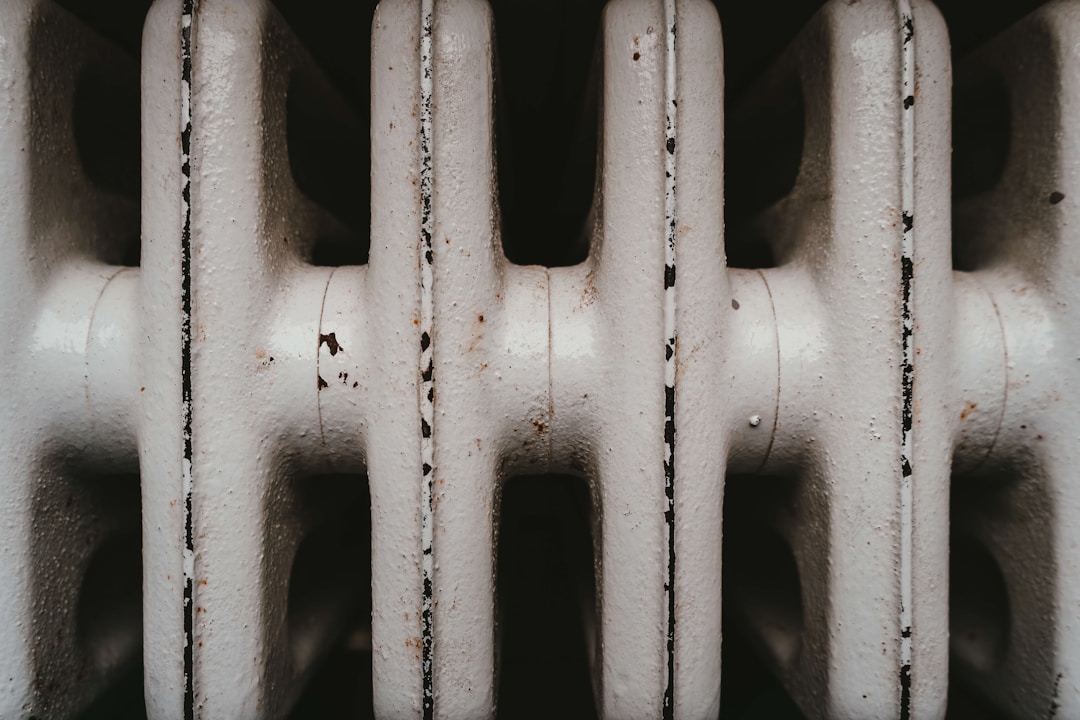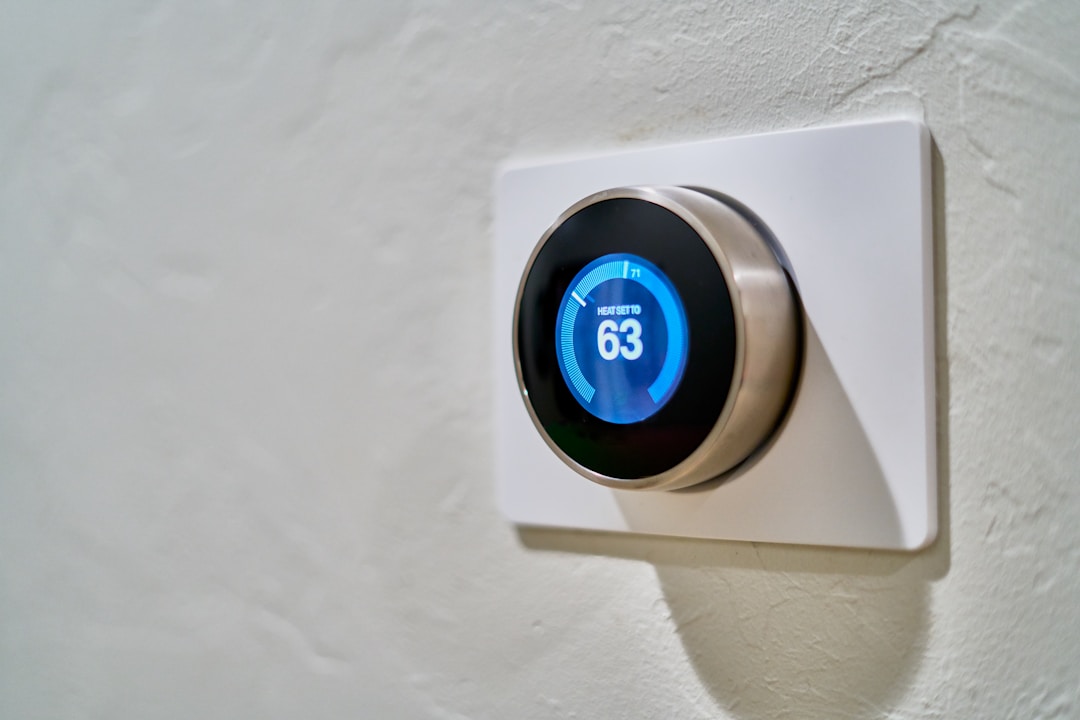
You know it’s summer or winter when we find ourselves running to the thermostat much more often. Whether you need the heat or the A/C, the thermostat becomes a key part of any home. However, there are common mistakes that homeowners make when it comes to their thermostat, some that are quick fixes and some that you can easily repair with the help of a licensed technician.
1. Don’t keep the heat on all day.

One of the three biggest thermostat mistakes that a homeowner can make with their HVAC system is leaving it running all day long. While you may want to keep the heater or air conditioner on so that your home is at a comfortable temperature when you get back from work, all you are doing is sending your cooling or heating bill soaring.
HVAC systems can heat homes relatively quickly. Instead of keeping the heat and A/C on all day, simply invest in a programmable thermostat that will allow you to time the unit to turn on moments before you arrive home. Some shart thermostats actually come with the option of remote access through an app to turn the HVAC system on and off at their leisure.
2. Use a setback temperature.

Rather than turning the heater off completely when you leave home, you could opt for using a setback temperature on your thermostat. A setback temperature is a lower or upper bound on the temp that you allow your home’s air to reach, usually targeted somewhere between 55 and 60 degrees. This can save homeowners a great deal on their home energy bills.
For example, if the thermostat is at 75 during the summer, the device will activate the cooling system when the temperature rises above that setpoint. It will cycle off below that point. The same is true for the heater in the winter, where the system will be triggered by the indoor temperature dropping below a set point and off when it rises above it.
3. Install your thermostat in the right room.

Thermostats use advanced sensors to sample the air in the surrounding environment. However, the location of the thermostat could end up skewing your temperature reading. For example, if you install your thermostat in a room that’s always colder than the rest of the house, it will lead to higher heating bills. The reverse goes for thermostat placement in a room that’s warmer than the others.
It’s also recommended to keep thermostats away from anywhere that they may be hit by direct sunlight as that can make the temperature reading warmer than it actually is. The same goes for positioning even a smart thermostat near windows or doors, where the outside temperature is having an immediate impact on the sensors. This will cause a disruption in the proper operation of the HVAC unit.
4. Be sure to clean your thermostat.

Sometimes, a thermostat may not be functioning properly because of technical issues. Dust, grime, and other debris can gather on the wiring inside a thermostat, which could lead to a blank screen or a programmable thermostat or outright failure to turn the HVAC system on and off. If this is happening, turn off the unit, remove the cover plate to your thermostat and loosen its body mounting screws with a screwdriver.
Inspect the wiring on the base of the thermostat. If any of the wires are loose, cut or corroded, they should be clipped, stripped, and then reattached to the terminal screws. A licensed HVAC technician can assist you if you do not feel comfortable taking on this task yourself. Be sure moving forward to continuously clean inside the thermostat as part of regular maintenance for your HVAC system.